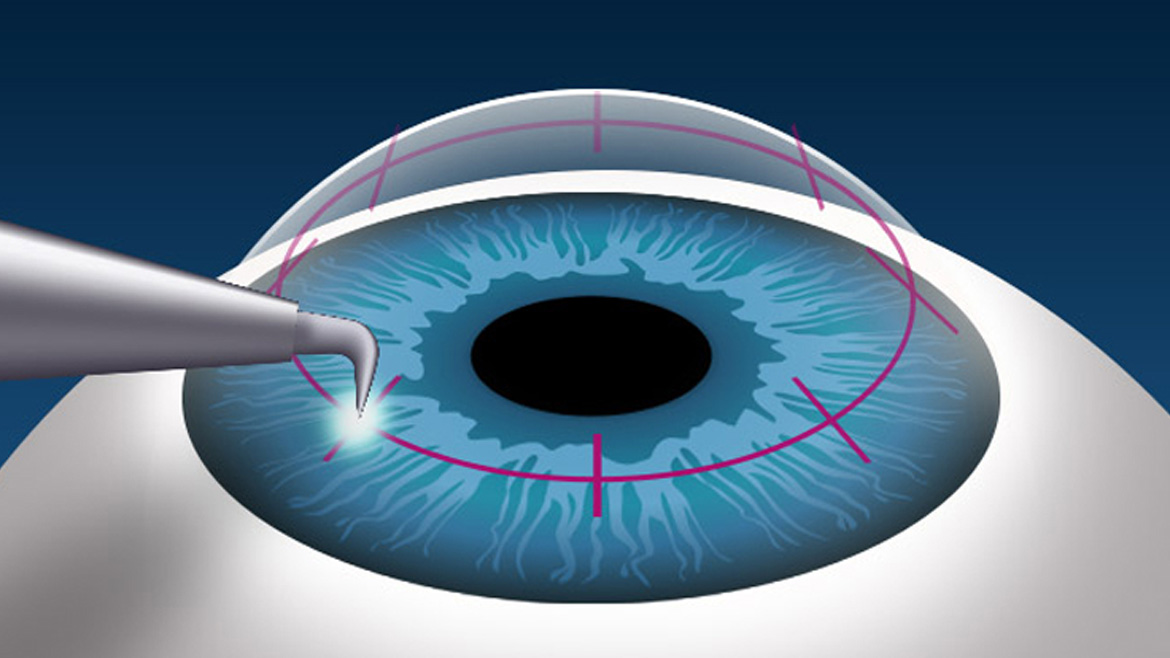What is a cornea transplant?
The cornea is a thin transparent membrane that covers the front portion of the eye, in front of the iris and pupil. It plays numerous roles: as a transparent window of the eye it lets the images pass and acts as a powerful lens to focus them on the retina. The retina is a nervous tissue that carries images to the brain and that allows us to see the objects that surround us.
Corneal transplant is a surgery procedure to replace part of the pathological cornea with corneal tissue from a donor.
Signs and symptoms
The cornea can present a number of conditions: opacities (acquired or from birth), edema, or deformation (the most frequent, keratoconus). There are occasions in which the transplant is the only alternative due to urgent pathologies such as trauma, infections or risk of perforation. In the same way it is possible that it is performed for diagnostic reasons.
Treatment
Corneal transplant surgery involves replacing the pathological cornea with corneal tissue from a donor cornea. The tissue meets the legal requirements as well as the analytical tests necessary for the donation according to current legislation. The donation is anonymous and altruistic.
There are different techniques:
Corneal transplant or penetrating keratoplasty involves cutting the pathological cornea and replacing it with a graft carved from the donor cornea. This is fixed in all its perimeter by fine sutures and left in position for months or even years, until the union of the graft with the recipient cornea is consolidated.
There is the special situation of autotransplantation, where the cornea is from the patient is rotated to avoid an opacity, or the cornea of the other eye is used.
Lamellar transplant techniques. Surgical techniques have evolved in recent years, and today it is possible to selectively transplant the affected corneal layers depending on the pathology of every patient There are several lamellar transplant techniques depending on the layers that are replaced (DALK, SALK, DMEK DSAEK)
The introduction of the femtosecond laser to perform the corneal section has also led to an outstanding increase in the precision, reproducibility and safety of this technique.
Results
The main complication in corneal transplants is rejection that depends on the immune response of each patient in front of the graft, although this risk has diminished with the new lamellar surgical techniques.
Employees of VALENIA HEALTH SERVICES shall consult you on eye treatment in Barcelona and make an appointment with a specialist.

